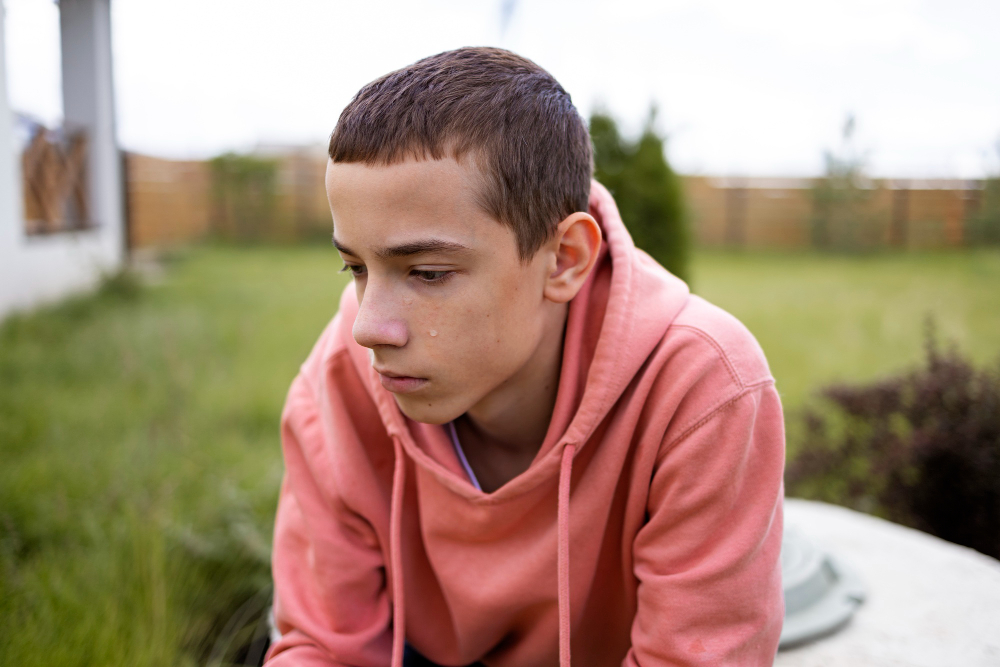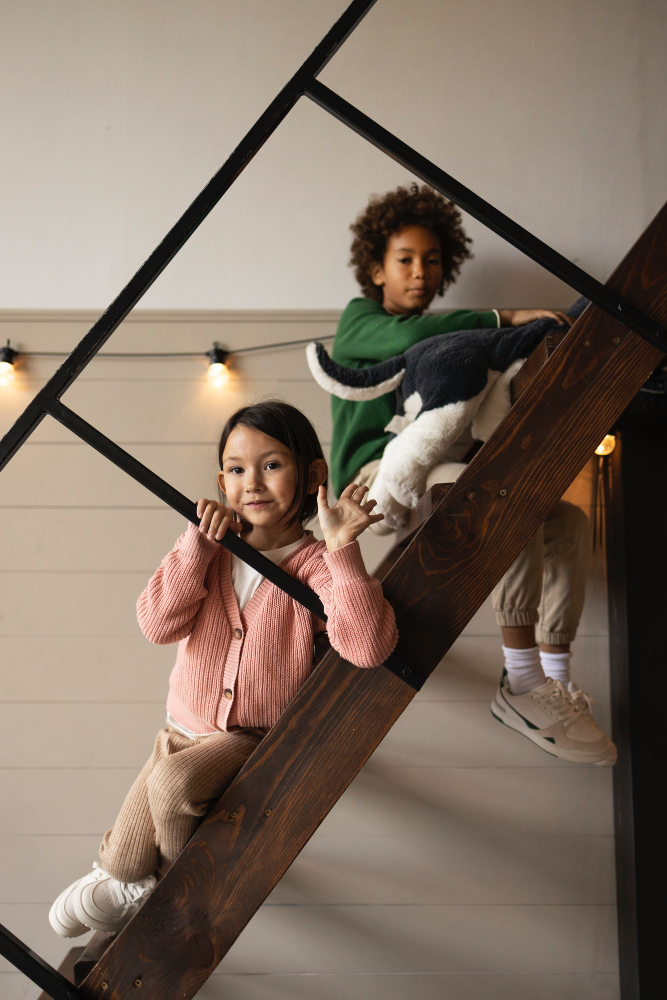For PDA children, the nervous system mediates reality in ways that cannot always be seen—but can always be felt. A sound that makes others wince might make them panic. A subtle power dynamic that seems invisible to staff might feel like humiliation. The presence of a sticker chart might render an entire room unsafe. These children are not distorting reality—they are living in a different part of it. Their experience is real, even when it is difficult to translate. And more than anything, they need to be believed.
This is not an invitation to give in or give up. It is an invitation to witness—to see without controlling, to hear without correcting, to reflect without rewriting. When we respond with, “That makes sense,” or “I believe you felt that way,” or “Tell me more,” we build a bridge between their world and ours. When we remain curious—when we say, “I wonder why that part felt so big,” or “Let’s figure out what made that so hard”—we model the very perspective-taking we wish to nurture. And from that place of safety, a child learns to wonder about others, too. Validation does not collapse boundaries; it builds capacity.
-
Debility versus disability: what the system cannot acknowledge
My son Robin took to bed two weeks before March break. He had been…
The practice: validate, reflect, witness
When a child says “It’s too much,” believe them. When they say, “You’re making me do this,” pause before responding. Their protest reveals their perception. When they beg for help, and then push it away, trust that both needs are true. Speak it aloud. “You want help, but you also want to choose. That’s a hard mix.” Let them hear their inner conflict mirrored without judgement. This is not manipulation—it is a child navigating a body that screams for control and comfort at the same time.
Speak your own uncertainty aloud if needed. “I don’t fully understand, but I believe that’s how it feels for you.” “I want to help you feel safer next time—can you show me what that looked like in your mind?” Give them a way to map their world, not for you to correct it, but for them to feel accompanied inside it.
Why it works
Mental health begins with having one’s reality held and reflected—not questioned, managed, or dismissed. Children who are routinely invalidated lose the ability to trust their own perceptions. They become either brittle or collapsed—always arguing, or always unsure. PDA children are especially vulnerable to this cycle, because their needs often clash with dominant norms and their distress is so frequently reframed as misbehaviour. When you believe them, even in the face of contradiction or confusion, you anchor their experience in shared truth. And once that anchor is secure, they can begin to explore the world of others without fear of erasure.
If you’re the parent
It is not your job to fix their feelings or smooth over reality. Your child may have very few spaces where they are truly seen. Be one of them. Even when their perception differs from yours, even when you are tired, even when you are afraid it makes things worse—return to trust. The truth will emerge, and the relationship will hold.
If you’re the teacher
You may be the only adult in their life who doesn’t try to explain them away. You may never know the full story, but you can offer one clear gesture: “I believe you.” When a child hears that from a teacher, it becomes a lifeline. It doesn’t require agreement, only recognition. It does not threaten your authority; it confirms your humanity.












